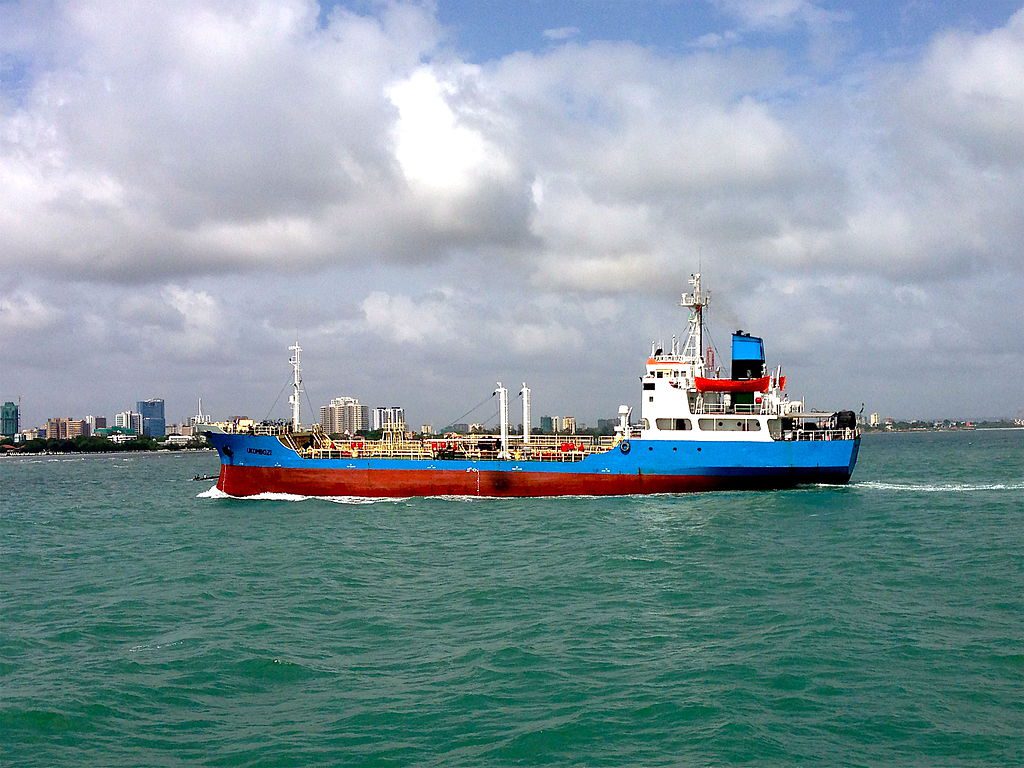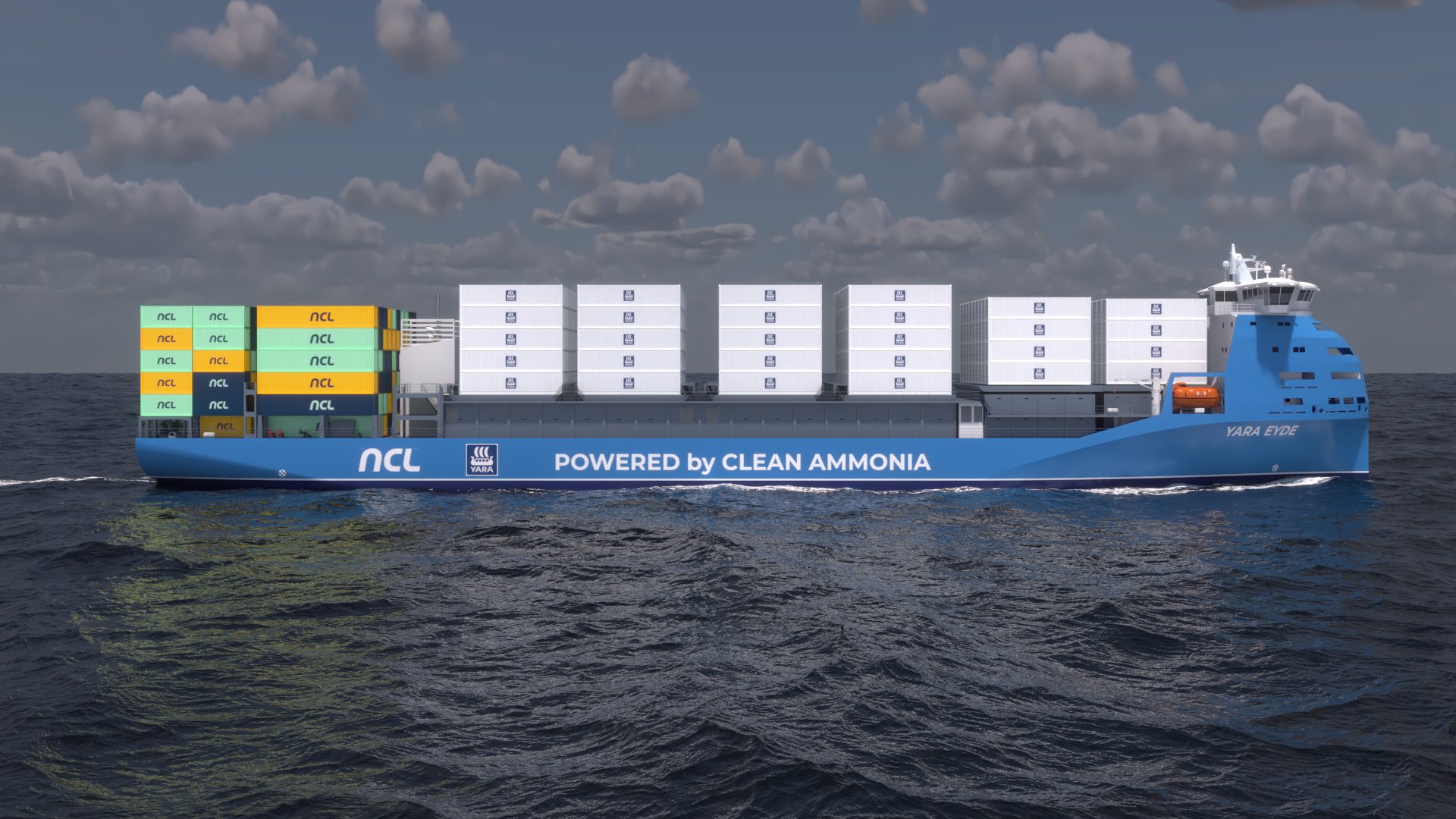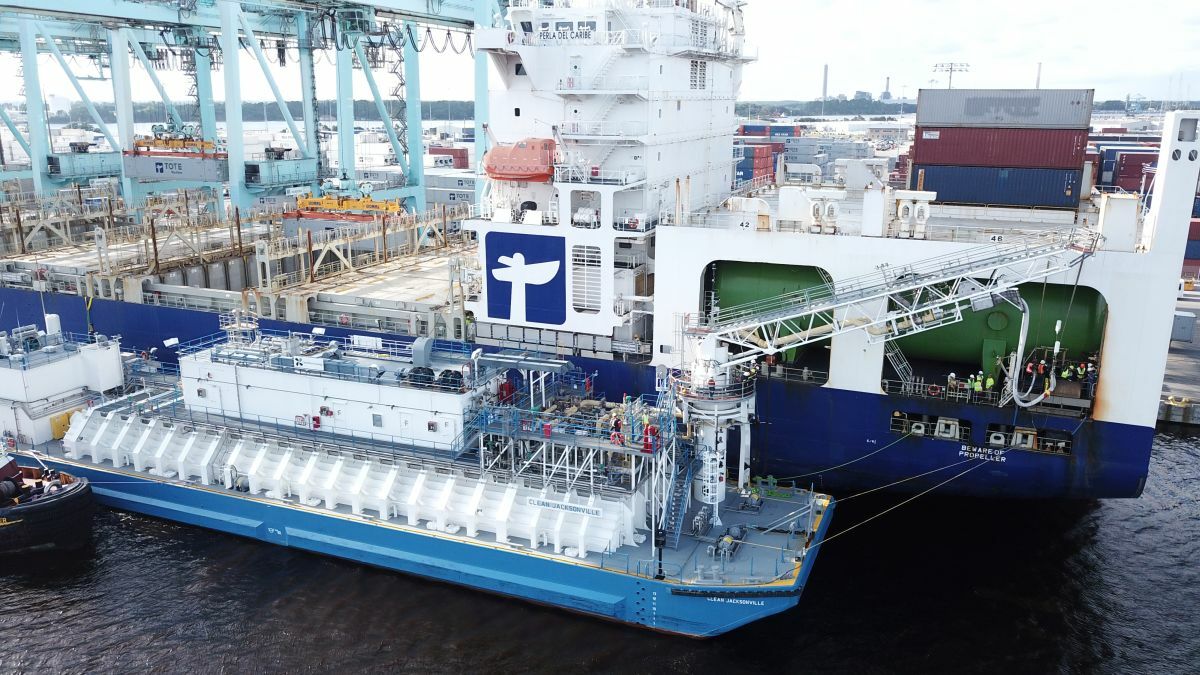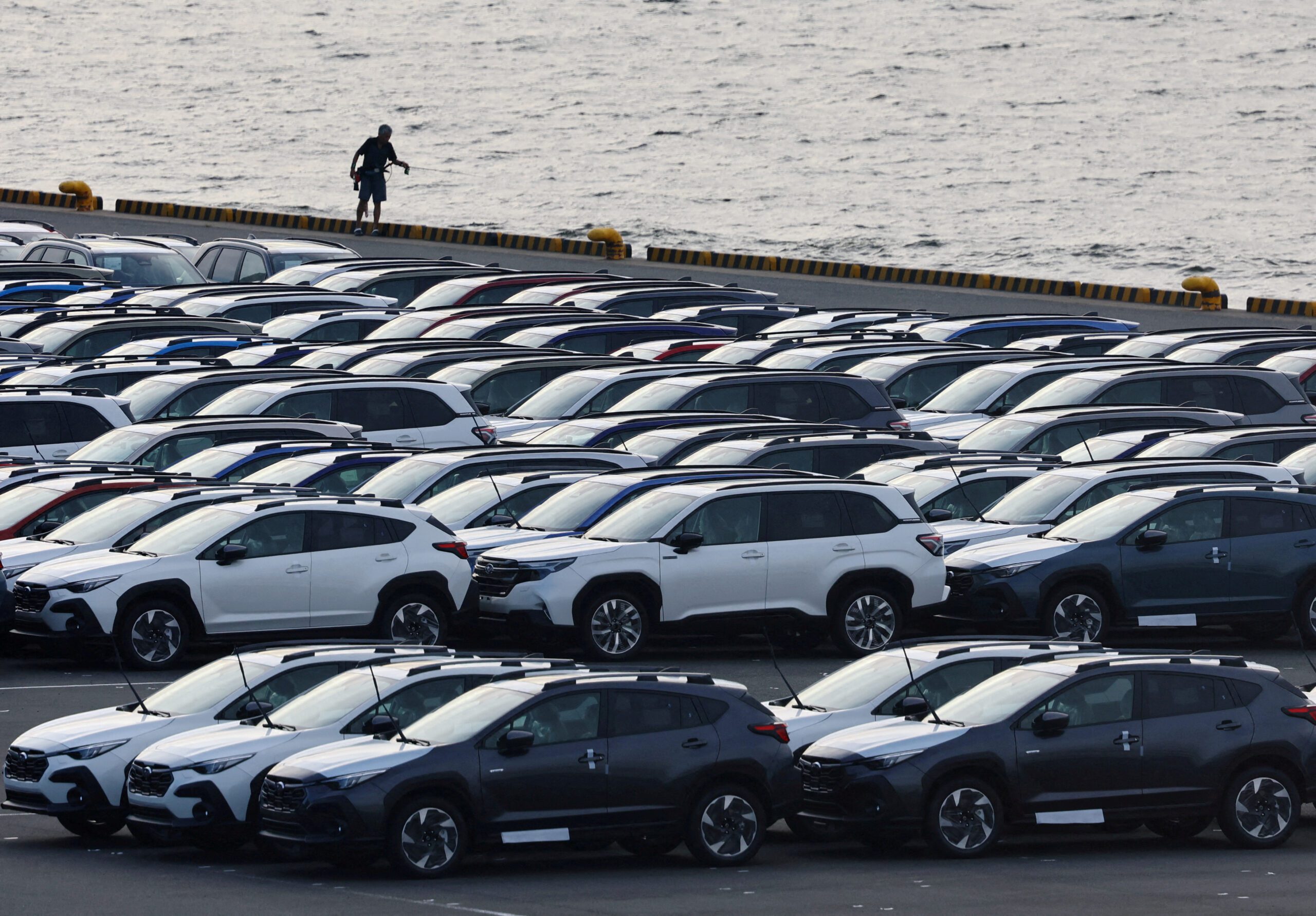A ship departs Dar es Salaam, Tanzania’s principle port. Photo: Creative Commons
 By Edith Honan
By Edith Honan
BAGAMOYO, Tanzania, March 15 (Reuters) – In its heyday, Bagamayo was a gateway to the heart of Africa for colonisers, with trade goods surging in from the Indian Ocean, and timber, ivory and countless slaves exported from the east coast harbour.
Then Bagamoyo, which looks out towards the island of Zanzibar, fell on lean times for more than a century. Now Tanzania plans an $11 billion project to make it the region’s biggest port and an engine of Africa’s boom.
The Chinese-backed project would dwarf Kenya’s port at Mombasa, east Africa’s trade gateway some 300 km (180 miles) to the north, and include an industrial zone and rail and road links to capitalise on growth in a region hoping to exploit new oil and gas finds.
“It will be the engine for economic activity not only for Bagamoyo but for the entire region,” said district executive Ibrahim Matovu, speaking from offices overlooking beaches where ship-builders hammer out wooden dhows as they have for centuries.
Many doubt the plan can succeed and ask if Bagamoyo is even the right location for a port, given it is just 75 km (50 miles) up the coast from Dar es Salaam and far from gas deposits off Tanzania’s southern coast.
Politics also plays a role.
President Jakaya Kikwete comes from Bagamoyo and many see the port as his legacy project. But a groundbreaking ceremony was delayed from July and the project is unlikely to be revived during an election season that culminates in October, when his successor will be chosen.
In addition, Tanzania faces a budget crunch and has been cutting infrastructure spending and the country lacks a credit rating, making borrowing more costly.
China Merchant Holding International has been joined by Omani sovereign wealth fund, the State General Reserve Fund, on the project but there has been little progress on building the infrastructure. The companies could not be reached for comment.
Critics say the project is too much too soon for a nation with solid growth but big infrastructure gaps.
Instead, they say the government should focus on improving Dar es Salaam’s port, which handles 90 percent of exports and is growing at 10 percent per year.
“Unfortunately, I think they lost a bit of focus. There is a need for more coordination and clear direction on priority projects,” said Jacques Morisset, the World Bank’s lead country economist.
Tanzania, a former socialist state, is struggling to shake its image as aid-dependent and corrupt. Last month, the acting port authority director was suspended amid a corruption inquiry, two years after his predecessor was similarly ousted.
“WHITE ELEPHANT”
Across the region, fast-growing economies have launched infrastructure projects at a scale unprecedented in most of Africa.
Many are hitting bottlenecks. Kenya, east Africa’s top economy, is upgrading Mombasa port and says it plans to move ahead with a long-delayed megaport in Lamu, an ancient Arab trading post near the border with Somalia.
The Bagamoyo plan, 10 km from Bagamoyo town, a tentative U.N. World Heritage site which has the crumbling remains of a slave market and other remnants of the East African slave trade, was unveiled during a visit of the Chinese premier in 2013.
It is meant to ease congestion in Dar es Salaam and transform a depressed area into a trade and manufacturing hub. Yet there are practical difficulties, not least that Bagamoyo’s port, unlike Dar es Salaam’s, would most likely need regular, extensive dredging.
“Bagamoyo is a really good example of a white elephant,” said one analyst who focuses on infrastructure. “If you’re going to have two major ports, then isn’t the place to have it in the south, where the gas is?”
Tanzania has up to 53.28 trillion cubic feet of off-shore gas, putting it on par with some Middle East producers, but it has yet to construct a liquefied natural gas plant.
Plans to upgrade Tanzania’s central corridor rail line that connects mineral-rich Democratic Republic of the Congo to the coast are moving slowly.
“If you improve only the ports without improving the railway, you are not doing anything,” Shaaban Mwinjaka, permanent secretary at the Ministry of Transport, told Reuters.
“PEOPLE, THEY HOPE”
In the meantime, Dar es Salaam has problems of its own. The World Bank recently issued a stark assessment of the efficiency of a port expected to reach capacity within a decade.
Last September, the Bank signed a $565 million deal to nearly double Dar’s capacity by 2020.
“If the port was as efficient as Mombasa, which is certainly not a great benchmark, the country would make almost $2 billion profit gain per year,” said World Bank economist Morisset.
At the port, in Tanzania’s biggest city, warehouses are being raised to handle more goods and machinery is being brought in to convert general cargo wharfs into container terminals, while there are plans to deepen two berths to make way for bigger ships.
Back in Bagamayo, artisans sip tea as they wait for the odd tourist to amble by.
“They’ve been talking about this (port) project for so, so long, but there’s no action,” said Rast Mwite, a painter who sells leather sandals and chairs cut from coconut wood. “But people, they hope.” (Additional reporting by Fumbuka Ng’wanakilala; Editing by Matthew Mpoke Bigg and Robin Pomeroy)
© 2015 Thomson Reuters. All rights reserved.

 Join The Club
Join The Club











